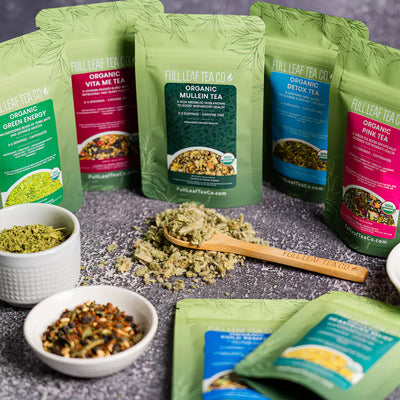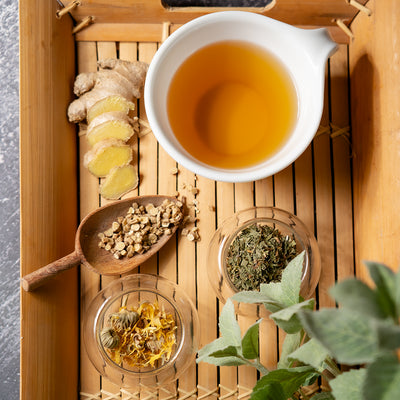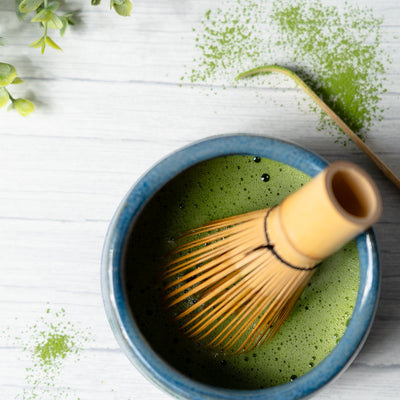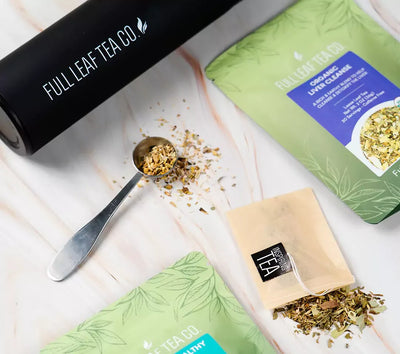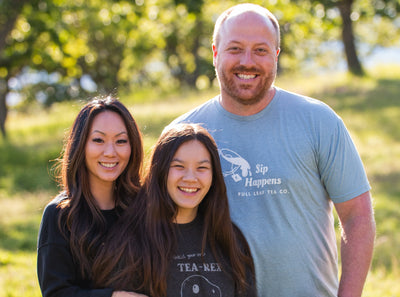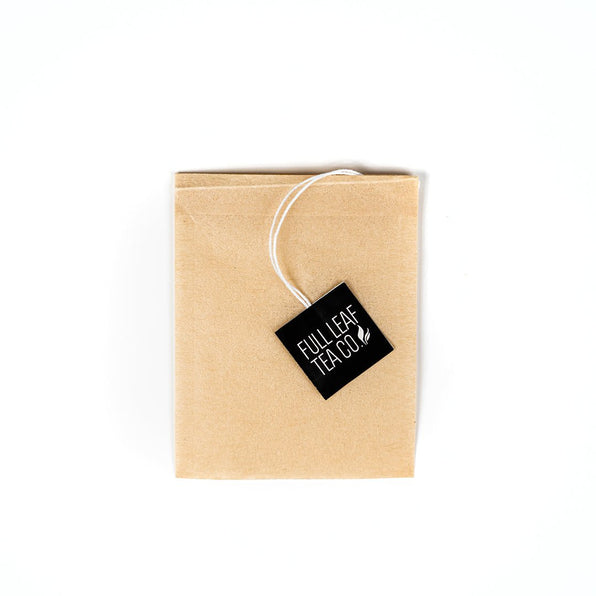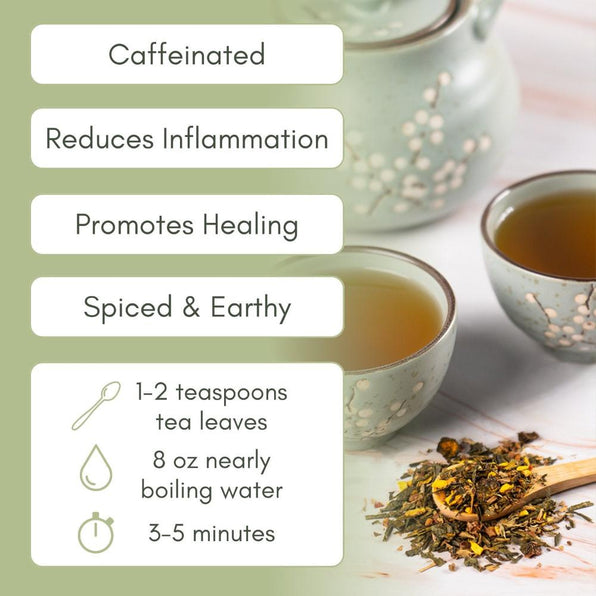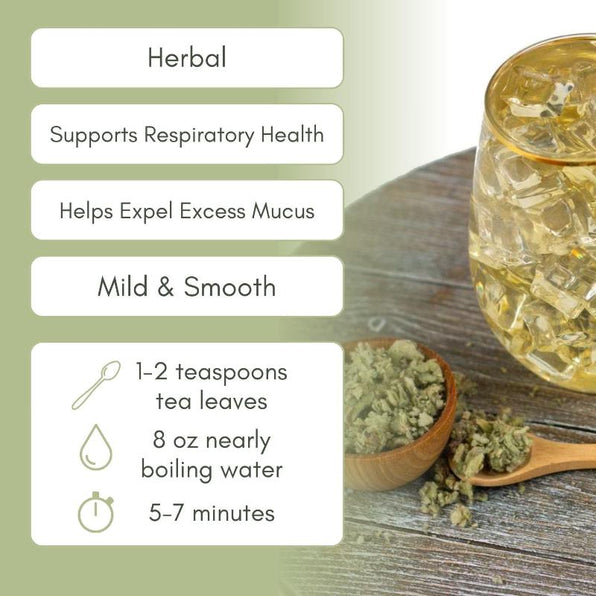Chances are you’ve tried bottled black tea, tea at a restaurant, or something you picked at random from a grocery store shelf. It’s not always the case, but most of the time the tea you’re exposed to at random is low quality. Or, it’s boring.
Let's reminisce
Tea snobs may tell you that if you don’t like the tea on its own, it’s not a good tea. They’re wrong, and here’s why. Think back to when you tried your first cup of plain black coffee, you probably did not like it. Heck, it probably tasted like burnt bean juice! Same thing, if you try wine, whiskey, beer, etc. for the first time ever, you’re likely being exposed to it by someone who has drank it longer than you have and has acquired the taste for it.
The wine could be too sour, the whiskey could be too harsh, and the beer might be too bitter (yuck).
For the same reason, if you’re first introduced to tea by a random pick off the shelf – or a suggestion from a waitress, you may have picked something that's an acquired taste.
Discovering Your First Tea
The best way you can introduce yourself to tea is by thinking of what you already like to drink. A “beginner’s drink” is going to vary from person to person. If you’re uncertain, buy a sample to try instead of a full size. Think of it like buying at a restaurant, except you’re going to get 3-5 cups out of it instead of just one.
Tastes Like Juice
Do you like juice? You’re probably going to need to add sugar or some form of sweetener to your tea (just like most actual juices in the grocery store). Your best bet starting off is probably one of our fruit teas, which you can try all in one go with our Fruit Sampler. You also may have a preference for iced tea over hot tea.

Citrus Lovers
Do you like citrus? You’ll want anything with a citrus peel (orange peel, lemon peel) and especially the ones using essential oils (bergamot, orange, grapefruit). We have a wide variety of teas that match this description. You can search by ingredient to make it easier on yourself. Otherwise, there’s Orange Cinnamon Spice and Earl Grey for a couple classics. Then, there’s Blood Orange Black, Blood Orange Rooibos (caffeine free), Kingston Earl Grey, Herbal Earl (caffeine free), and Pink Grapefruit for flavors unique to Full Leaf Tea Co.
Back to Basics
Are you wanting the “traditional tea” approach, but make it beginner friendly? These base teas I'll tell you about are the easiest to drink because they don’t over-steep easily. This way, you can try each type of tea without worrying about the “bitterness” or “astringency” tea lovers talk about when you over-steep a tea.

China Green is a smooth green tea with a needle style leaf that is fun to watch unfurl if you steep it in a glass teapot or French press. Pai Mu Tan is a lovely, delicate, white tea (sidenote: white tea is highest in antioxidants). Although it’s still possible to make this one bitter if you don’t use the right temperature water (180) or if you forget about it and leave it to steep more than 5 minutes, it’s still a good intro to white tea. Pai Mu Tan also has the biggest leaf since it’s a whole leaf instead of a rolled full leaf. I recommend steeping it in glass as well.
Sungma is actually an Autumnal Darjeeling, but it’s one of the best introductions to black tea. This is because black tea is where most have had their accidental introduction. Whether it was over-steeped or didn't have the right ingredient pairing, black tea can be controversial and temperamental. That’s because black tea is one of the closest teas to coffee, so it’s going to have the biggest risk of acidity. (It’s why the English drink it with milk!) Unlike most black teas, Sungma is very forgiving about being over-steeped. You can use boiling water, so there’s no thermometer drama or need of a fancy tea-style rapid boiler.
It’s a smooth black tea that’s slightly naturally sweet. Most importantly, it tastes like pure black tea. If you’re looking to practice with your pallet, try this tea next to other black teas to see if you can gauge the different flavor accents. (Assam should have a malt accent, English Breakfast should have a hint of caramel, and Ceylon should have slight citrus notes).
Sweet Teas
Now, if you like sweet – you want to feel like you’re drinking dessert: try Vanilla Tea, Mint Cocoa Mate, or any of our sweet matchas. Note: none of these options will truly be as sweet as dessert unless you help it along. You can do this by adding a little sugar or milk or whatever you’re wanting to get it there. These teas are going to be as sweet as dessert to anyone who drinks the traditional teas.

Another surprisingly sweet one is going to be Liver cleanse, or really anything with licorice root in it. You can search for “licorice” on our site and find all the teas that are likely going to register as sweet on your pallet that way. If you are not prone to liking licorice teas (neither was I), I recommend making them into a milk tea or adding a creamer like hazelnut or vanilla to it. You would think it would make it sweeter, but actually it tones down the licorice flavor.
Add Some Spice
If you like spice, the obvious start is with chai tea. We have a whole sampler dedicated to those varieties. It’s also a good idea to search for anything with ginger or cinnamon in it to find those spicier teas.
There is a whole world beyond sweet, base, spicy, and fruity tea, but this is probably a good beginner’s guide to tea. Beyond these, you’ll begin to experience savory, earthy, and astringent (when you’ve had tea for a while, this is actually a neutral or positive descriptor instead of a negative – like drinking a dry, red wine). Or, you could even start to combine them (for example: spicy and citrus – Lemon Ginger Mate). Just keep in mind as you go that there’s not necessarily a “right" way to make tea – the right way is the way that tastes good to you. So, experiment and enjoy!

